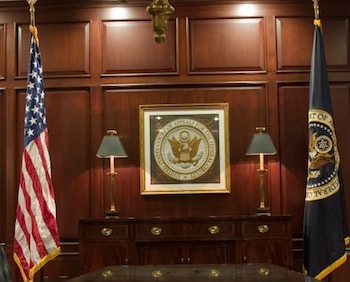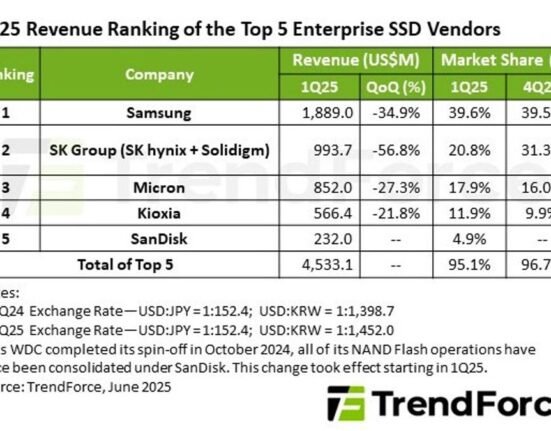“Siding with Apple, the Federal Circuit ruled that the district court’s verdict form violated Apple’s right under the Seventh Amendment to a jury trial on each legal claim against it presented by Optis.”
 Today, the U.S. Court of Appeals for the Federal Circuit (CAFC) issued a precedential ruling in Optis Cellular Technology, LLC v. Apple, Inc. vacating infringement and damages judgments awarded to Optis by the Eastern District of Texas. The CAFC also reversed summary judgment rulings upholding Optis patent claims under 35 U.S.C. § 101, found that other claims did not invoke means-plus-function analysis under 35 U.S.C. § 112 ¶ 6), and ruled that the district court’s jury instructions deprived Apple of its right to a jury trial under the Seventh Amendment—a constitutional argument that has not fared as successfully for patent owners protecting their intellectual property rights in administrative proceedings.
Today, the U.S. Court of Appeals for the Federal Circuit (CAFC) issued a precedential ruling in Optis Cellular Technology, LLC v. Apple, Inc. vacating infringement and damages judgments awarded to Optis by the Eastern District of Texas. The CAFC also reversed summary judgment rulings upholding Optis patent claims under 35 U.S.C. § 101, found that other claims did not invoke means-plus-function analysis under 35 U.S.C. § 112 ¶ 6), and ruled that the district court’s jury instructions deprived Apple of its right to a jury trial under the Seventh Amendment—a constitutional argument that has not fared as successfully for patent owners protecting their intellectual property rights in administrative proceedings.
The present appeal is part of a multi-jurisdictional patent battle between mobile wireless company Optis, developer of patented technologies incorporated into the Long-Term Evolution (LTE) wireless standard, and consumer mobile device giant Apple. Following a first jury verdict awarding $506.2 million in reasonable royalties to Optis, U.S. District Judge Rodney Gilstrap ordered a new trial on damages in April 2021 because the jury was not instructed on Optis’ fair, reasonable and non-discriminatory (FRAND) licensing obligations encumbering its standard-essential patents (SEPs). The second damages trial led to a $300 million lump sum verdict in Optis’ favor.
General Question on Patent Infringement Does Not Address Specific Counts Raised by Optis
On appeal, Apple challenged the district court’s jury instruction as improperly combining liability for each of Optis’ five patents asserted in the case into a single question on infringement. Infringement liability was not retried by the Eastern Texas district court, whose first set of jury instructions asked, “Did Optis prove by a preponderance of the evidence that Apple infringed ANY of the [a]sserted [c]laims?” Because the district court did not break up the infringement question by patent the way it did for its instructions on patent invalidity, Apple argued that the district court’s single question on infringement would allow the jury to find that Apple infringed even if jurors didn’t agree on which Optis patents were ultimately infringed.
Siding with Apple, the Federal Circuit ruled that the district court’s verdict form violated Apple’s right under the Seventh Amendment to a jury trial on each legal claim against it presented by Optis. Citing to Kearns v. General Motors Corp. (1996), the appellate court noted that, in the patent context, each patent asserted raises an independent and distinct cause of action. By asserting five patents, Optis alleged five separate causes of action, not five theories for the same cause of action, the Federal Circuit reasoned.
Cases cited by Optis including only one jury question on infringement did not support the Eastern Texas jury verdict, as those rulings only involved one patent or a verdict form including specific questions on a patent-by-patent basis. References to unanimity in the Eastern Texas verdict form did not inform jurors that they had to unanimously agree as to which patents were infringed by Apple. The fact that the juror’s $506.2 million award corresponded exactly to the total given by Optis’ damages expert for infringing all five patents similarly gave no confidence that all asserted patent claims were infringed. Because the district court’s infringement ruling could not be upheld, the second damages judgment of $300 million was vacated by the Federal Circuit.
In a footnote, the Federal Circuit acknowledged the impact of its ruling on parallel litigation ongoing between Optis and Apple in UK courts. This May, the UK Court of Appeal ruled that Apple must pay $502 million for a worldwide license on FRAND terms to Optis’ 4G patents. Although the Federal Circuit said that it did not know how its ruling would affect the UK Court of Appeal, the CAFC noted the Court of Appeal’s assumption in its May ruling that one of the two jury awards in Optis’ favor would be upheld at the Federal Circuit.
CAFC Also Corrects Eastern Texas on Model Jury Instructions for Step 2 of Alice/Mayo
The Federal Circuit also reversed a pair of summary judgment rulings by the Eastern Texas district court. First, the CAFC found that Eastern Texas erred in concluding that claims 6 and 7 of U.S. Patent No. 8019332, Method for Transmitting and Receiving Control Information Through PDCCH, were not directed to an abstract idea unpatentable under Section 101. The Federal Circuit concluded that these claims to a user equipment receiving a physical downlink control channel (PDCCH) decoded from a set of PDCCH candidates were directed to the abstract idea of the claimed mathematical formula “Yk=(A*Yk-1)mod D. The Federal Circuit remanded to the district court for proper application of Step 2 of Alice/Mayo. The appellate court also reversed the district court’s ruling that the claim term “selecting unit” does not invoke means-plus-function analysis under Section 112(6), finding no specified structure for how the selecting unit operates.
Seventh Amendment jury trial issues from the patent owner’s perspective were at the center of the U.S. Supreme Court’s April 2019 ruling in Oil States Energy Services v. Greene’s Energy Group, which challenged a patent owner’s right to a jury trial in the context of inter partes review (IPR) proceedings conducted at the Patent Trial and Appeal Board (PTAB).
Issues stemming from Eastern Texas jury instructions in patent infringement cases have been presented to the Federal Circuit before. An amicus brief filed with the CAFC on behalf of SAP, HP and the High Tech Inventors Alliance this February raised constitutional issues with Eastern Texas’ model jury instructions for infringement. The brief, authored by former USPTO Director Kathi Vidal, challenged those instructions for allowing jurors to find that an inventive concept can be supplied at Alice/Mayo Step 2 by the abstract idea itself. The Federal Circuit’s Optis decision also addresses this issue, directing the Eastern Texas district court in footnote 11 to instruct the jury that an abstract idea cannot contribute to an inventive concept.
The CAFC ruling also affirmed the district court’s construction of one claim of one of the asserted patents and found that the district court abused its discretion under Federal Rule of Evidence 403 by admitting into evidence an Apple-Qualcomm settlement agreement and Optis’s damages expert’s testimony concerning that agreement.








